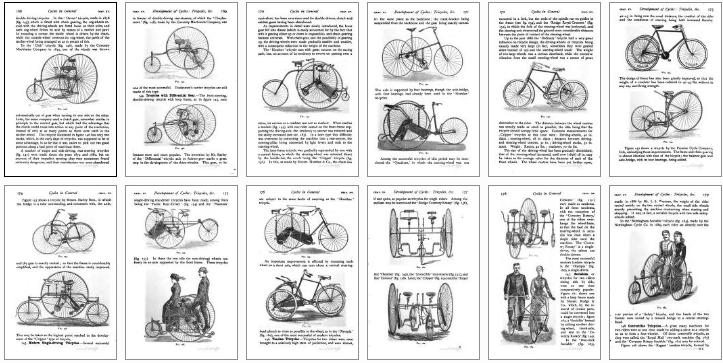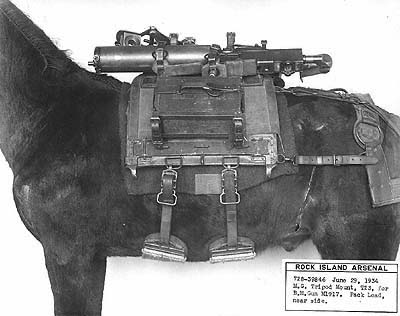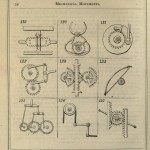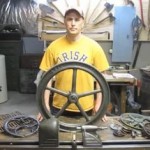“For a hundred years, from the early 1800s to the early 1900s, Europe and America had cities of at least a million people that ran on a massive, sophisticated network of carriages and streetcars. By 1880, according to historian John H. White, Jr., US cities had 415 horse-drawn railways running, with 18,000 cars on 3,000 miles of track, carrying 1.2 billion passengers a year. Most of these lines continued decades into the age of electricity and coal, simply because the horses worked better than any other option.” Read: Horse-drawn public tranportation. Thanks, Johan. Previously: Bring back the horses.
Horse-Drawn Public Transportation
Pedal Powered FlatBed Truck
“Originally designed to serve the load carrying requirements of the Tri-Sled factory, the FlatBed Truck is a high-bulk load carrier. We use one of these for getting around our local industrial estate, transporting frames and fairings to our powder-coating and painting contractors, or picking up steel and other oversized materials.”
“The FlatBed Truck is far more convenient than carting large items to and from a car or van. With this maneuverable vehicle, you can simple roll straight in and out of your business or factory. It even serves as a handy rolling work bench for working outside on sunny days.”
“The FlatBed Truck is also incredibly easy to store. Just flip it up on its end when not in use, and use the rear rolling wheels to move it against a wall or into a small space. The rolling wheels also serve as a back bump stop.” Trisled FlatBed Truck.
Bicycles & tricycles; an elementary treatise on their design and construction
“Bicycles & tricycles; an elementary treatise on their design and construction, with examples and tables“, Archibald Sharp (1896).
French Towns Swap Rubbish Trucks for Horse-Drawn Carts
Perpignan is one of 60 French towns that have struck upon a cheaper and greener way to collect household waste – ditching the dustbin lorry in favour of a horse and cart. Read. Thanks, Johan.
Phillips, Decker and Canadian Pack Saddles
Reader BG Hearns writes: “While your link to the 1916 pack manual is of historical interest, what you ought to know is that low-tech packing has advanced considerably over that publication and anyone who wishes to pack with animals should know that there are much superior options available today. The manual describes a very difficult to use piece of equipment that is so easy to get wrong that only a few experts could ever use it properly.
What your readers ought to know is that in 1924, the US army adopted the Phillips Pack Saddle which was much simpler and easier to use. Other advances in pack saddles since then are the Decker style (more) and the Canadian saddle pack, neither of which require complex knots, both of which incorporate simple, effective new design ideas, and both of which could be easily made in a small shop. Perfect for low-tech affictionados.”
Thanks for the note, BG. I have added some more links to your comment.
Tom Wilson’s Monster Bikes
Monster Bikes. Via Treehugger. Previously: Macho Pedal Power.







